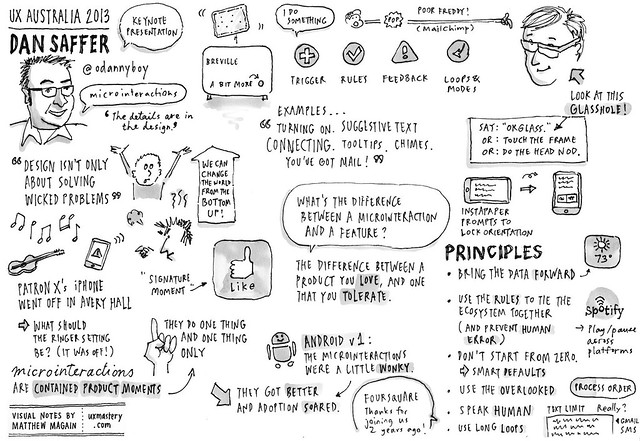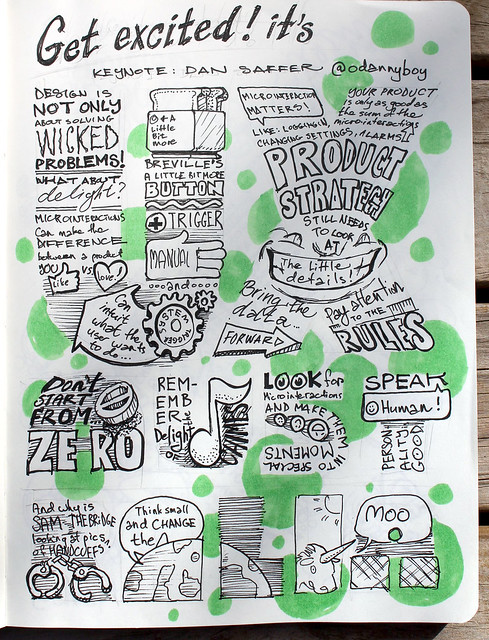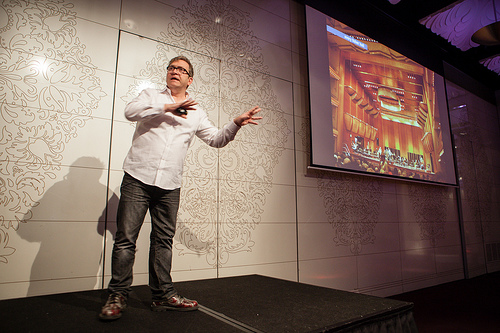Microinteractions: Designing with details
“The details are not the details. They make the design.” — Charles Eames
For the last decade, designers have been told to THINK BIG to change the world: to work on “wicked problems” and systems design at large, even government and city-size scales. This is all well and good, but even in massive projects and large apps, what we respond to are the human, humane moments that say that some care, some attention has been paid to the details, the small things that delight. In fact, the difference between a product you love and a product you merely tolerate are these details.
This talk focuses on a fresh way to design the microinteractions that are pervasive in our products by focusing on the structure of microinteractions: the trigger that initiates it, the rules that define what can and cannot be done, the feedback that illuminates the rules, and the loops and modes that determine what happens over time. Each of these pieces of a microinteraction can be adjusted to make a better, more interesting, microinteraction.
We’ll also go over the principles that guide microinteraction design:
- Bring the Data Forward
- Don’t Start from Zero
- Prevent Human Error
- Speak Human
- Use What is Overlooked
- Make Long Loops
These principles will help turn a dull microinteraction into something engaging and memorable.
Chock full of vivid examples, this talk will change the way you look at products.




